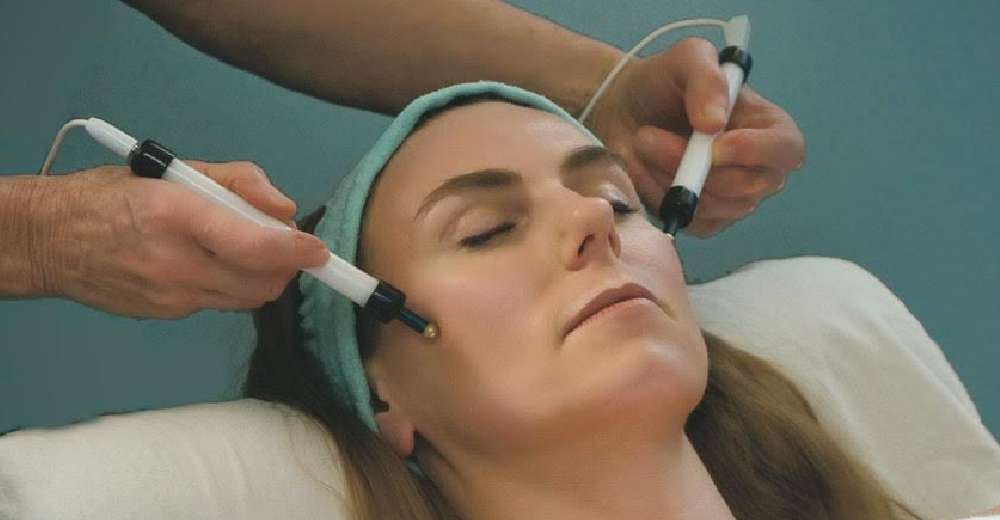Facial Palsy
While talking about the measures to cure facial palsy, it is very much essential to understand facial paralysis first. Doctors refer the term “Facial Palsy” to a condition where the facial muscles of the patient become weak due to temporary or permanent damage to the facial nerve.
Medical practitioners say that a facial nerve is either not functioning properly or missing in the face, makes it almost impossible to receive the necessary signal given by the brain, resulting in its improper functioning. If a patient is suffering from only facial palsy then the patient is supposed to show paralysis only in the affected area of the face. It can affect any part of the face or movement of a particular part like eye(s) and mouth or even the entire face in some severe cases.
Medical practitioners often classify facial palsy by different degrees of the paralysis as sometimes only the lower portion of the face is affected or sometimes the whole one side of the face is affected and sometimes both the sides are affected. The human body is highly sophisticated and sensitive. Neurosurgeons say that each one side of the face has its facial nerve so if only the right side of the face is affected then only the right side will be affected and vice versa. These nerves though look thin and tiny to normal eyes, it serves some of the critical purposes of the body.
Experts commented that each nerve starts at the brain and enters the face to the front of the ear from where it divides itself into five separate branches, and these branches of nerve are essential for supplying message to the muscles which are used for giving facial expression.
These facial nerves are the ones which control all our saliva production, taste, and tears. Professionals said that the most known causes for this type of paralysis are viral infections such as Bell’s palsy or Ramsay Hunt syndrome, facial surgery, bacterial cause, neurological causes, traumatic injuries such as fractures, birth trauma, congenital conditions such as development of facial nerve or muscle, rare genetic syndromes, and stroke.
Expert physiotherapists suggest that before applying any kind of physiotherapy process, it is essential to assess the face of the patient and condition of the facial nerve accurately by using electromyography (EMG). Though the therapist with high levels of skills and expertise does not always require EMG report, it is still advisable to undergo the assessment.
The principal of the therapist remains to provide a therapy program that will help facilitate facial symmetry and improve the facial paralysis. Professionals say that with proper exercise and physical therapy, the patients who have facial palsy can recover some of the facial movements which they have lost and can regain their normal facial expressions. They have also mentioned that though therapy is very much useful to cure this problem, some critical cases might require surgery too.
The general treatments applied to this kind of health problems are Neuromuscular Retraining (NMR), which includes subtle yet crucial exercises necessary to teach and retrain the brain of the patient to coordinate the facial muscle more efficiently, and Manual Massage, which includes a series of different massage techniques used to increase the flexibility of the facial nerves.
Along with the expertise therapy measures, there are certain home exercises which are to be followed by the patient for an early and efficient recovery. The activities may include a massage which increases mobility of muscles and improve their health, stretches which will lengthen the muscles which have become short or tight after paralysis, exercises to help brain and muscles relearn and develop balanced facial movements and relaxation of facial nerve and muscles and last but not the least, the patient should practice exercises to reduce unwanted and involuntary facial movements.
Experts all around the world suggest that patients with facial palsy should undergo a therapy session only under a certified and expert therapist as the treatment for this disease is very critical and the nerves of our body are extremely sensitive. The patient or the loved one of the patients should keep in mind the following while undergoing a physiotherapy session. Before starting any movement exercise, the therapist should make sure that the muscles are fit enough to make the moves.
The activities which will be involving movement should be extremely gentle and must be carried out with extreme care and precision, and it is to be remembered that all exercises are not suitable for people suffering from this disease, so forcing them to undergo training will ultimately lead to more critical situation. Professionals mentioned that the therapy might go on for a long time, but if the person has a high will force, dedicating all his/her time in the recovery procedure and following all the guidelines correctly, then the person will make the best out of the therapy and will achieve the desired results effectively within a defined yet earlier time.















